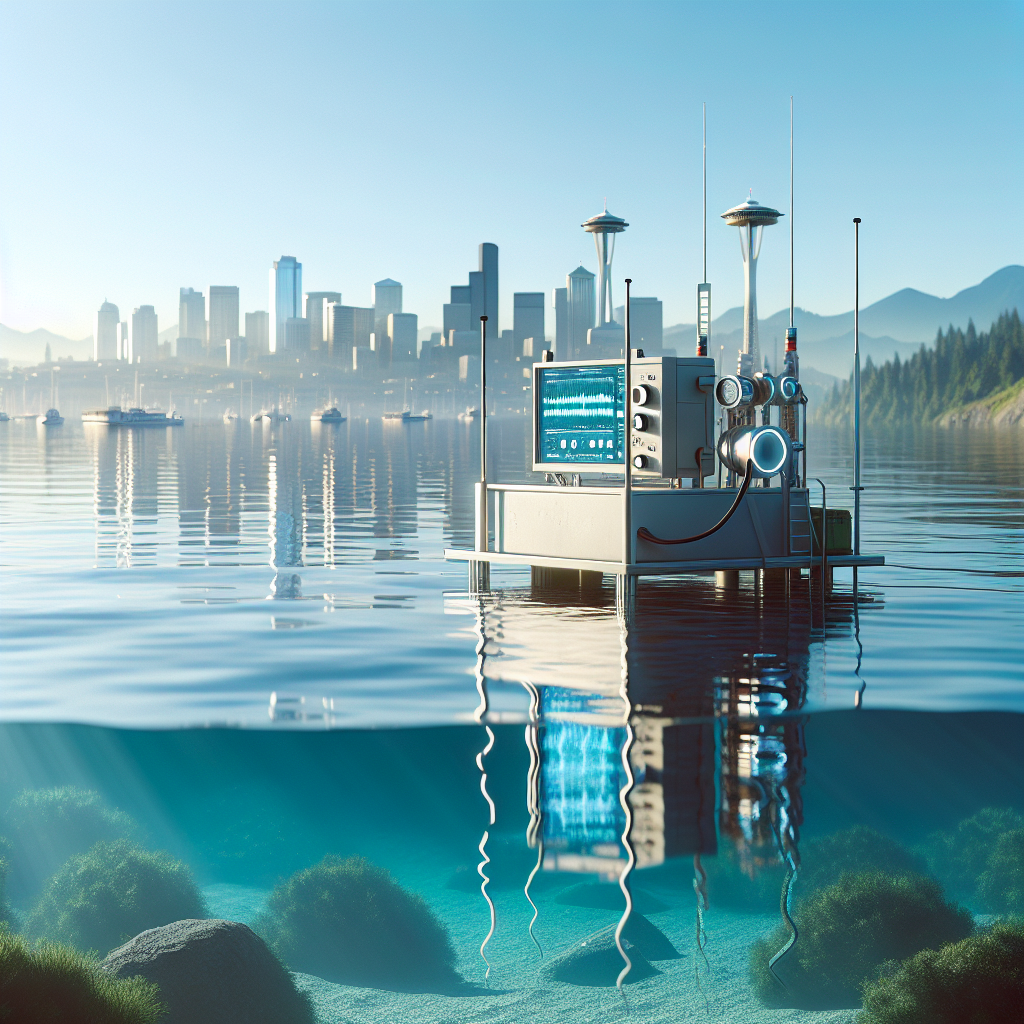Seattle Lakes: Navigating Temperature Trends and Water Quality for a Sustainable Future

Seattle Lakes: Navigating Temperature Trends and Water Quality for a Sustainable Future
Seattle's lakes are integral to the city's environmental landscape and recreational life. With rising temperatures and evolving water quality, understanding these shifts is crucial for residents and lake users. Here's a comprehensive look at recent findings related to Lake Washington, Lake Sammamish, and Lake Union.
Rising Temperatures: What the Data Tells Us
Lake Washington
Recent studies by the University of Washington's Climate Impacts Group reveal a steady increase in Lake Washington's surface temperatures over recent decades. Climate change is pushing summer temperatures beyond 20°C (68°F), influencing the lake's ecology and usability.
Lake Union
Data from the King County Water and Land Resources Division shows significant temperature stratification in Lake Union, with summer surface temperatures soaring to 22-24°C (71.6-75.2°F). This stratification can impact aquatic life by altering dissolved oxygen levels.
Water Quality: Challenges and Monitoring
Lake Sammamish
While the 2025 water quality reports are pending, insights from King County's 2022 report indicate ongoing challenges with nutrient loading and algal blooms. These factors are critical for maintaining the lake's ecological balance.
Lake Washington & Lake Union
Both lakes face pollution from urban runoff and infrequent sewage overflows. Efforts by Seattle Public Utilities to enhance stormwater management are essential for improving water quality and mitigating the impact on aquatic ecosystems.
Environmental Impacts
Rising temperatures contribute to prolonged stratification periods, influencing oxygen levels vital for aquatic species. This is underscored by research from the Northwest Climate Adaptation Science Center, which highlights the broader ecological implications.
Recreational Considerations
Warmer waters extend the recreational swimming season, which is great for lake users. However, they also heighten the risk of harmful algal blooms, prompting occasional health advisories. Stay updated with advisories from Public Health – Seattle & King County.
Ongoing Research and Innovation
The University of Washington continues to conduct pivotal research on how these climatic and environmental changes affect our lakes. These studies are crucial for adapting management practices and ensuring sustainable use.
Practical Resources for Lake Users
For real-time updates on lake conditions, the Seattle Lakes app offers an invaluable resource for monitoring temperature and water quality changes. This tool is a must-have for anyone planning to enjoy recreational activities on Seattle's lakes.
Conclusion
Seattle's lakes are dynamic ecosystems undergoing significant changes. By staying informed through resources like the Seattle Lakes app and monitoring updates from King County, residents and lake enthusiasts can enjoy these natural treasures responsibly while contributing to their sustainability.
For more detailed methodologies and ongoing environmental reports, visit King County's official website.